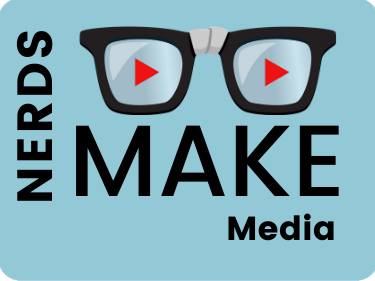For the Peace Corps, eLearning is a critical enabling technology supporting the growth of a culture of continuous learning, and a key component of agency knowledge management.
They use an iceberg metaphor where there are a few “above the water” formal learning efforts (Lynda.com, webinars, and their online learning), but underneath are many aspects of informal learning such as YouTube.
Their first LMS was in 2010. There were two separate learning management systems – one for volunteers and one for staff. They decided to upgrade and merge the two.
It is important to have a vision about what you are trying to accomplish with eLearning. For the Peace Corps it was a commitment for all staff and volunteers to be able to learn, grown, and support the mission to the best of their ability and collaboratively work across the agency to promote a global culture of continuous learning. The new LMS was intended to be less about compliance and more about being mobile friendly, and creating learning paths and competency frameworks.
They created a two-minute video for kick off to explain/motivate. Implementation was stressful and complicated, developed a commitment to “radical candor”. An online team space critical to focusing on work, not the meetings.
Deciding on the URL name was a complicated process of hearing from all the stakeholders. Settting up an SSL cert was quite complicated as well.
They wanted a single sign-on (SAML-SSO) for staff so they wouldn’t need passwords. They couldn’t offer this to volunteers accessing the system remotely, so instead set it up so that they could have one click sign-on through their social media accounts such as Facbook, Google, Microsoft, Linkedin or Instagram.
An LMS is a “living system” that evolves all the time.
“Digital Learning Week” with lots of training and presentations to let people know what is happening. Webinars and other events to show its’ appeals.
Invest as much time as you can for buy-in for all stakeholders. Creating a working group that engaged key stakeholders. Use whatever networks you can to continue the communities of practice. Find your superusers, embrace them and lift up their voice. – your chief promoters, eLearning rock stars.
Continued to use their help desk. Courses range from 20 minutes to 27 months, depending on content and purpose. 27 month a TOEFL certification course for volunteers.
